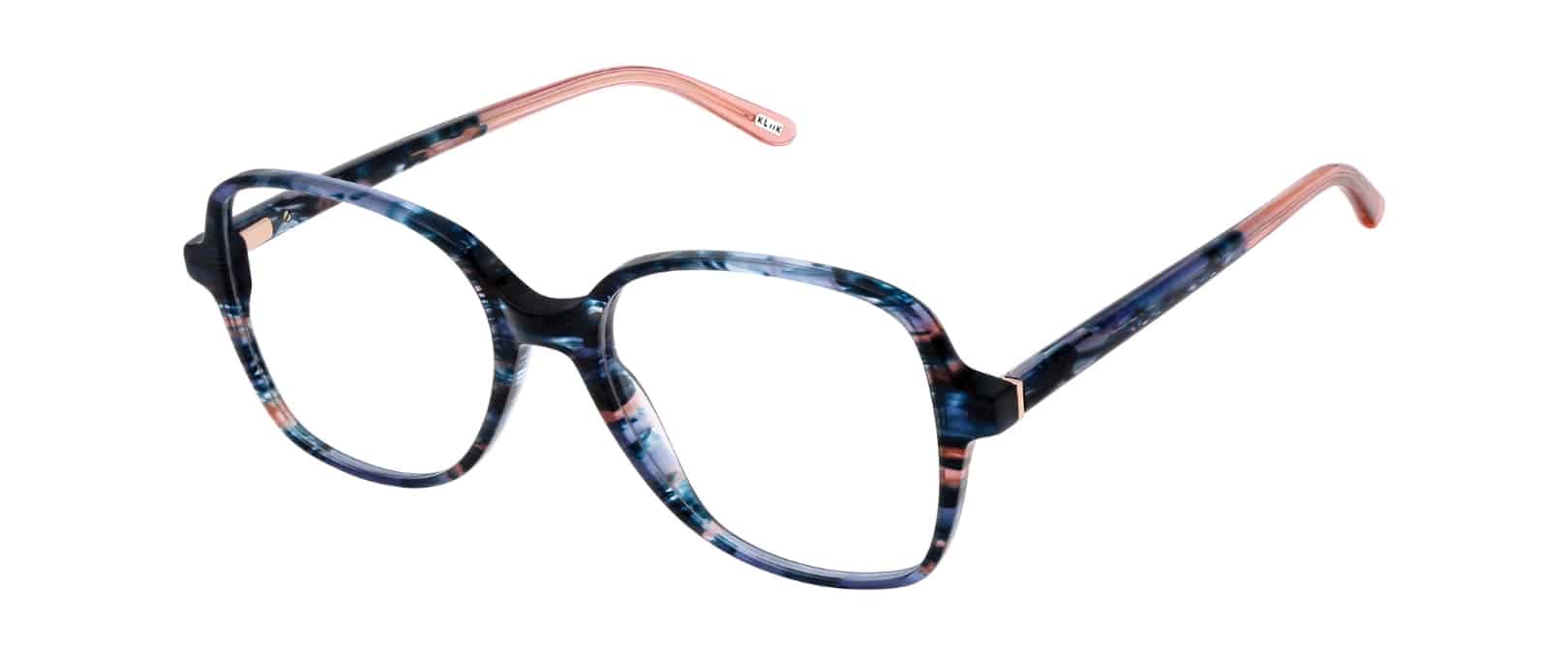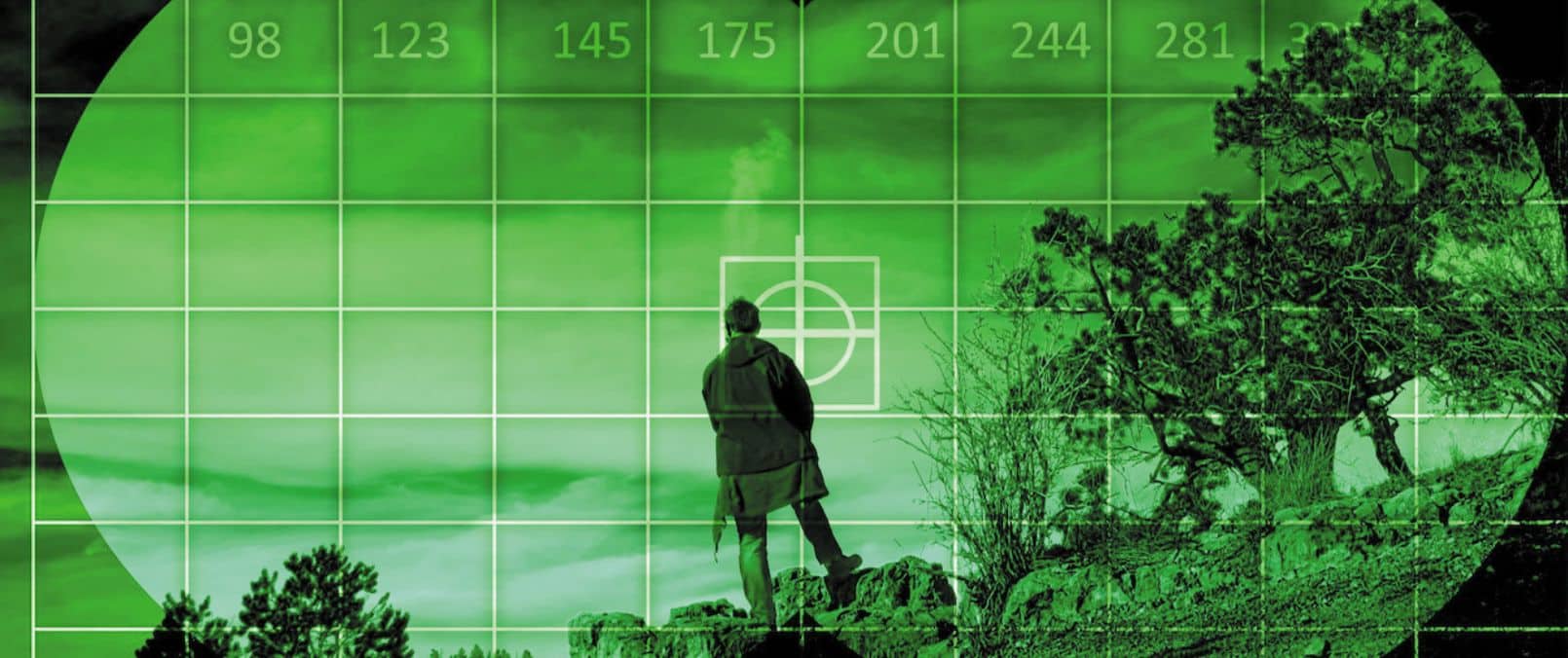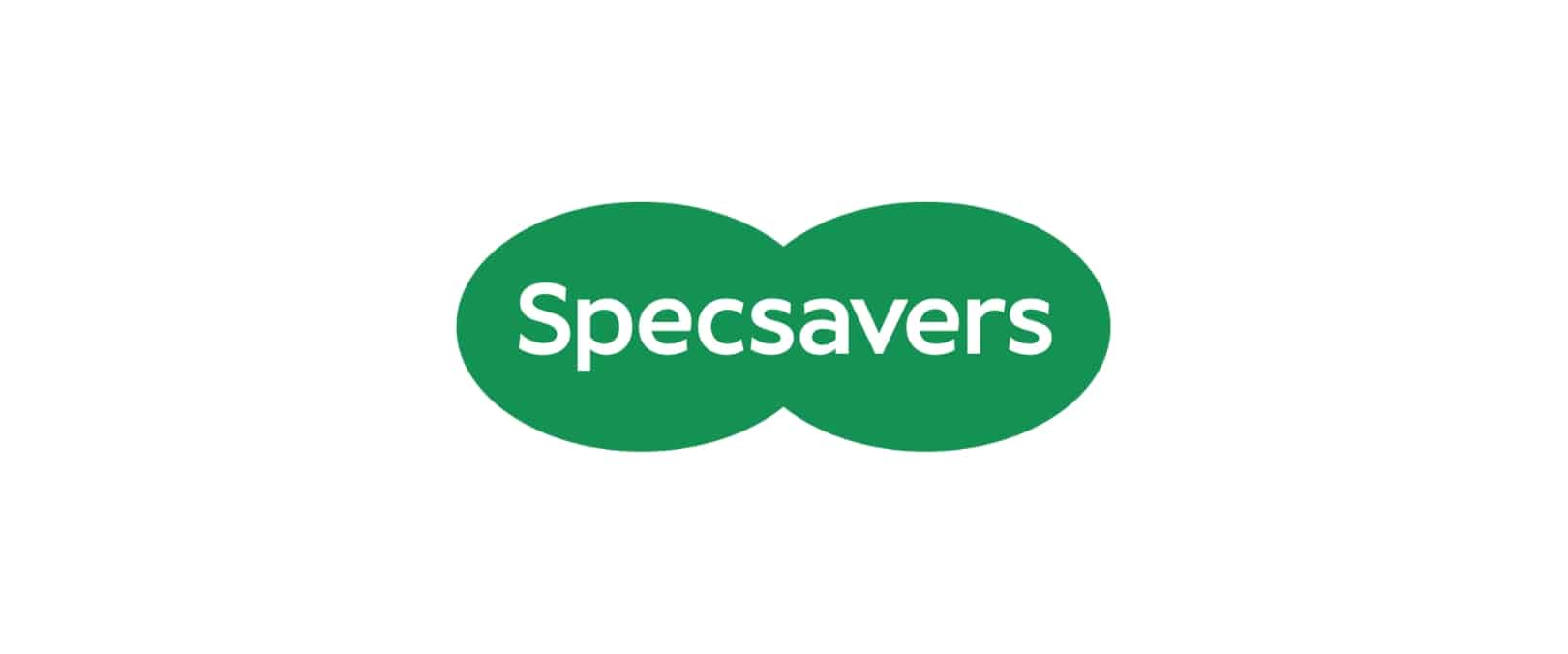ZEISS BlueGuard: The Latest Generation of Blue Light Protection
Tuesday, November 23 2021 | 10 h 28 min | News, Press Release
ZEISS BlueGuard is a new generation of blue light blocking lenses; it addresses today’s technology and digital media usage in the “new normal”. The blue light blocking properties are now incorporated into the lens material itself. As a result, ZEISS BlueGuard Lenses provide excellent lens clarity as well as blocking of up to 40% of the potentially harmful and irritating blue light in the wavelength between 400 and 455 nm, which is known to be linked to digital eye strain.
ZEISS BlueGuard blocks a part of the blue light spectrum that could exacerbate symptoms of digital eye strain, including tired eyes, blurred vision, sleep disturbances and dry or irritated eyes. The positive properties of blue light, ranging from about 455 to 500 nm, remain unaffected.
“While the scientific discussion about blue light exposures continues, ZEISS BlueGuard incorporates the latest organic-chemical technology to make the blue light blocking an integral part of the chemical structure of the lens material. Built on the foundation of our UVProtect technology, ZEISS BlueGuard additionally offers full UV protection up to 400 nm,” said Bryan Rossi, President at Carl Zeiss Vision Canada Inc. “By reducing glare, our new material-based approach contributes in preventing eye strain while providing comfortable, relaxed vision and increased contrast.”
ZEISS BlueGuard are designed for all-day use and offer an additional comfort aspect that reduces eye strain and allows relaxed working conditions.
As blue light blocking properties now are incorporated into the lens material, ZEISS BlueGuard Lenses come standard with ZEISS DuraVision Platinum UV. This premium anti-reflection coating with its subtle blue residual reflection ensures the wearer does not get annoyed by irritating reflections and the eyes are clearly visible behind the lenses.
Compared to the current blue light coating ZEISS DuraVision BlueProtect, the reflections of digital blue light are reduced by up to 50%. The result is high lens clarity with significantly lower visible reflections of digital blue light.
Click HERE for the full press release.







